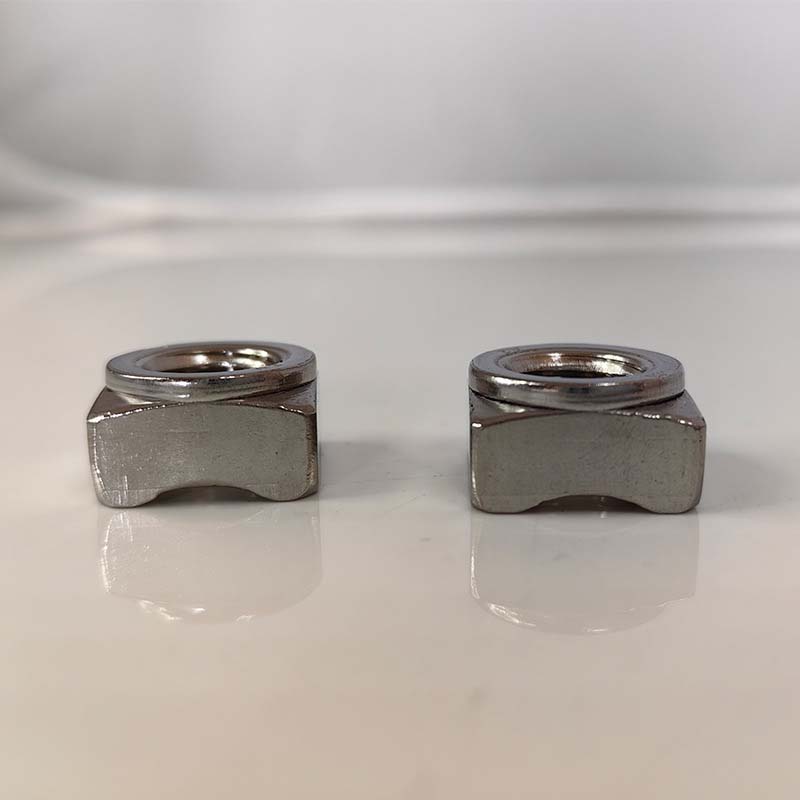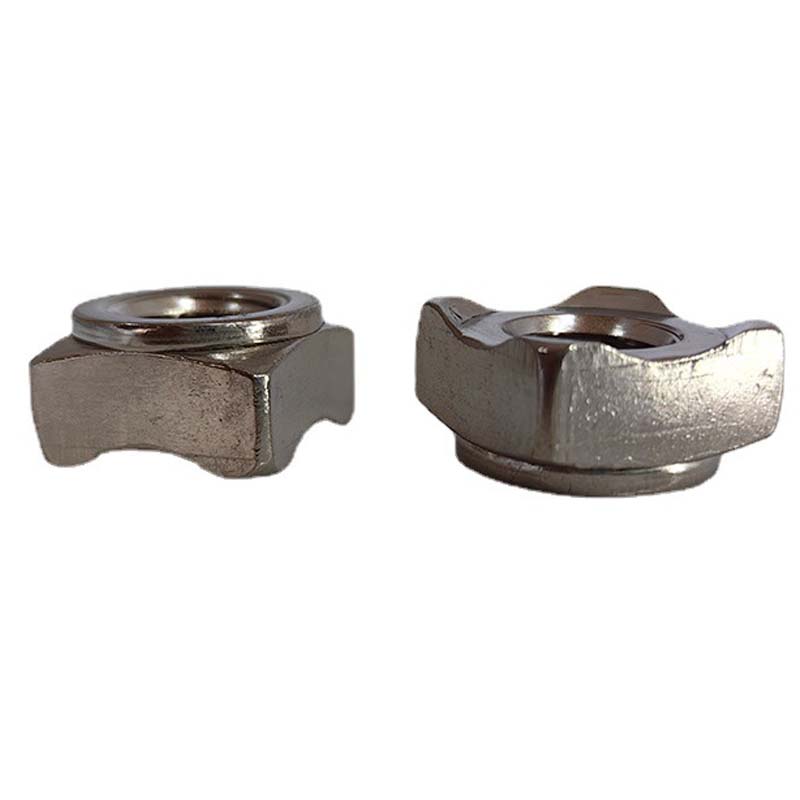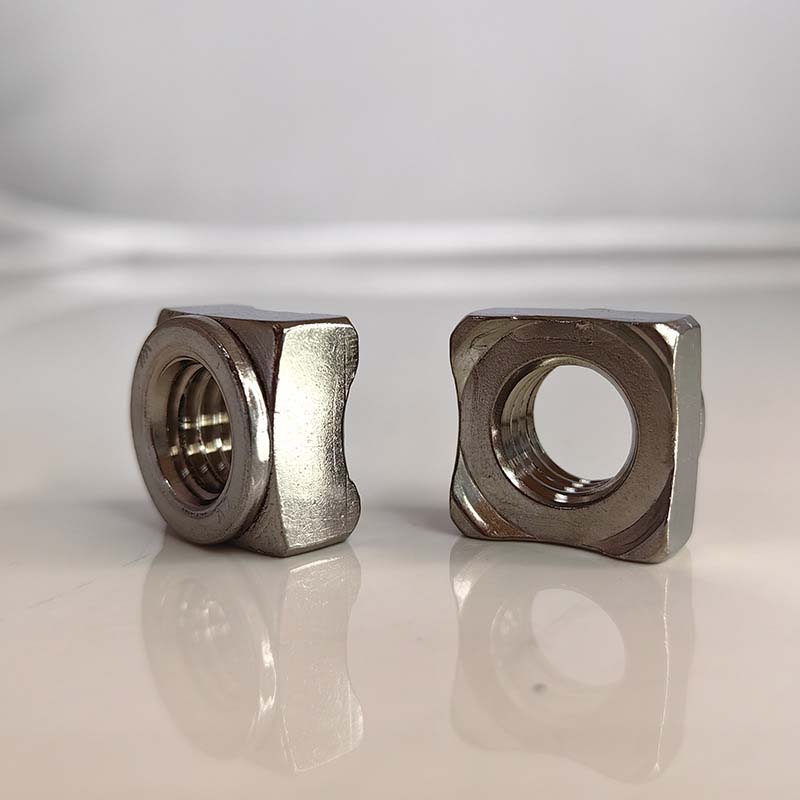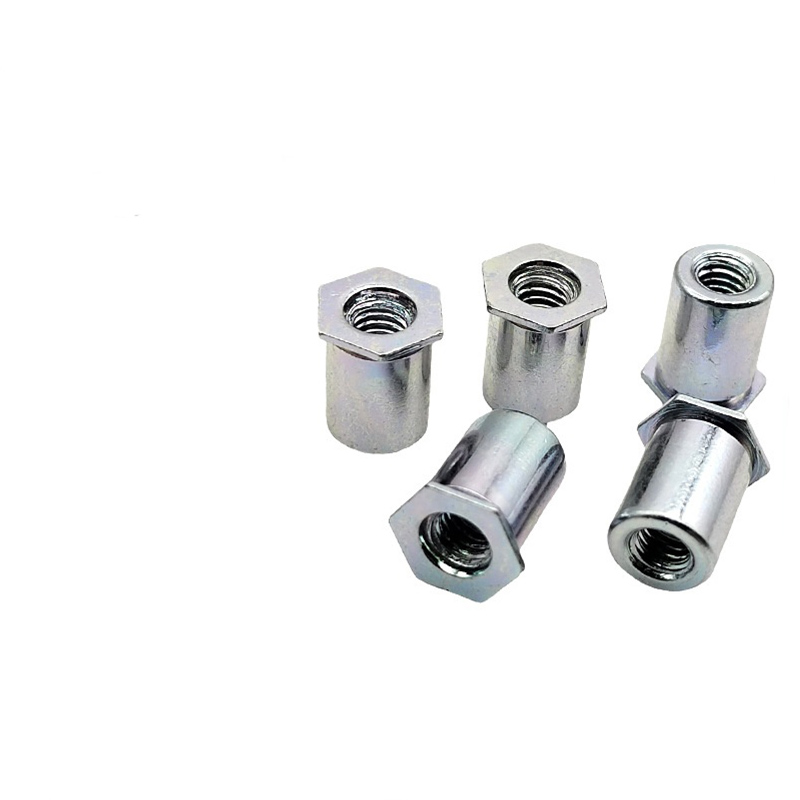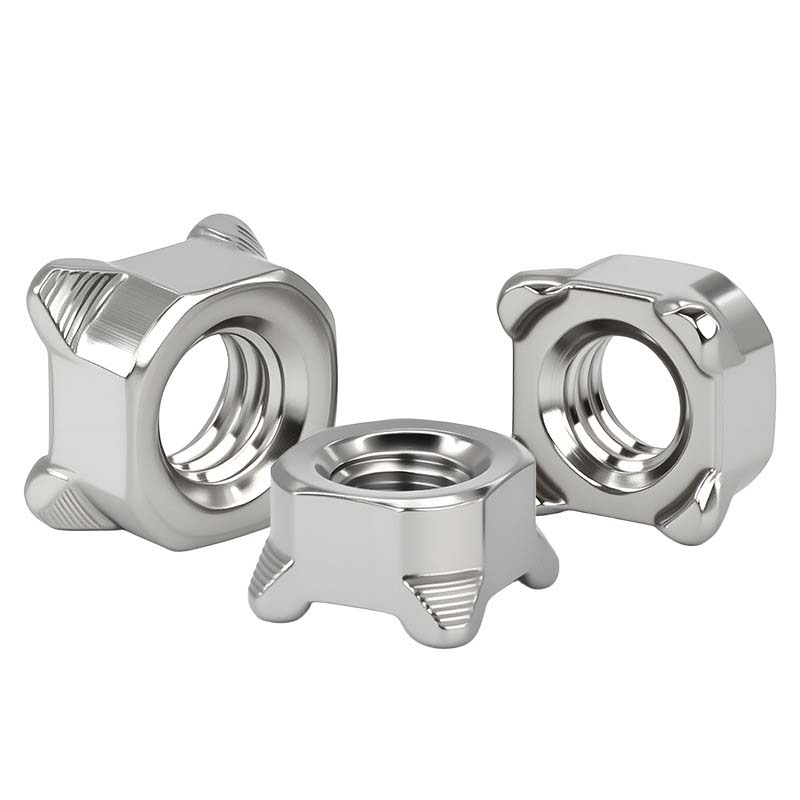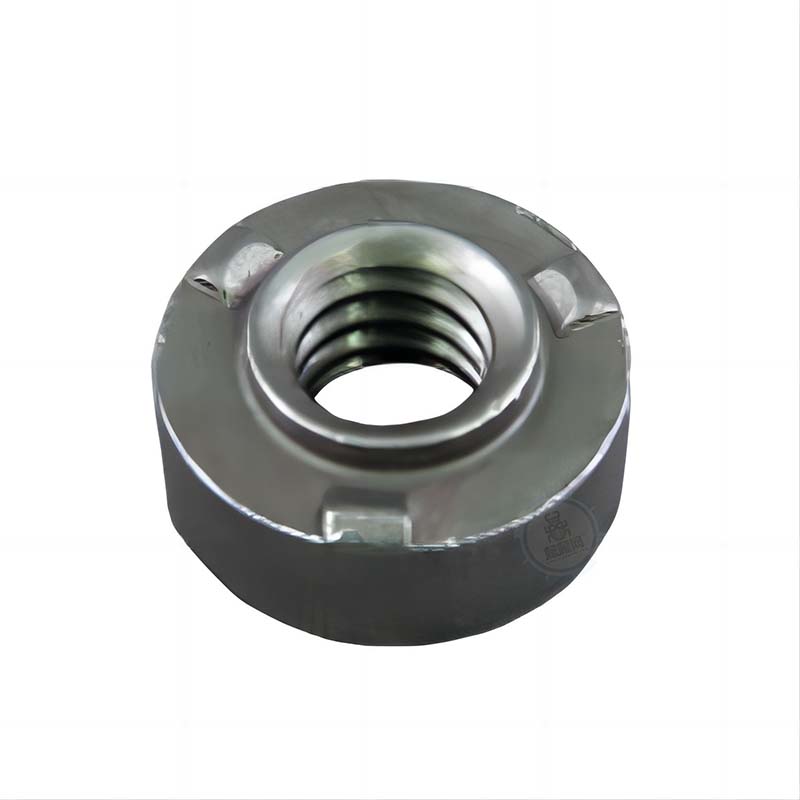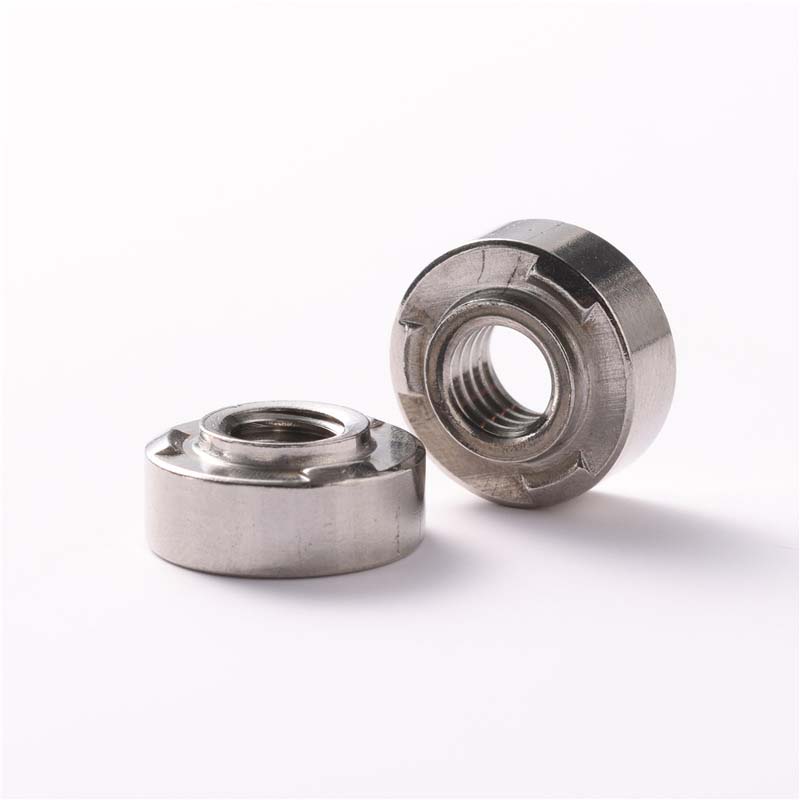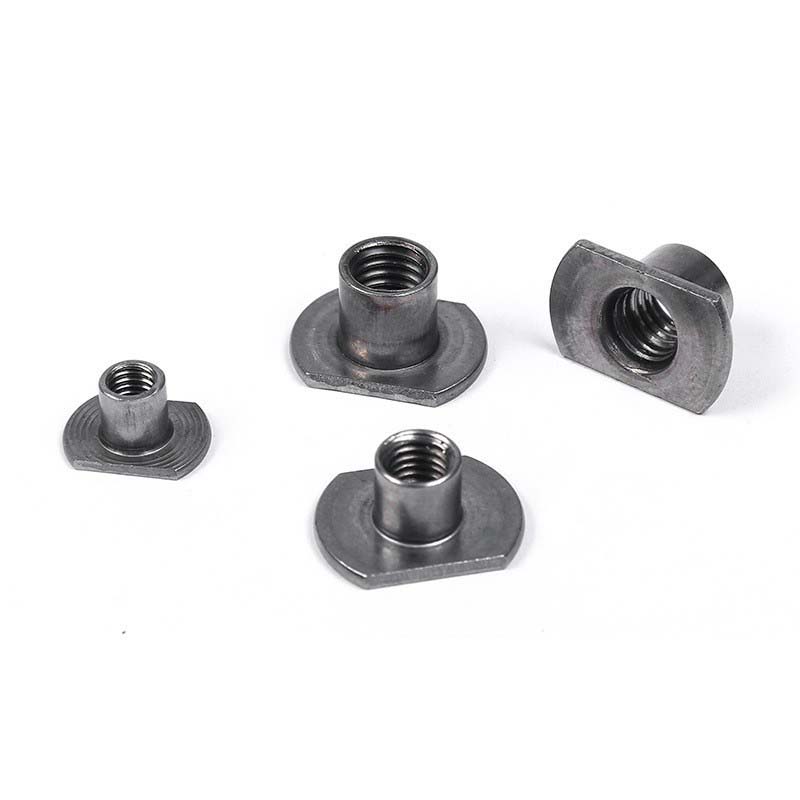Class 5 Weld Square Nuts With Type 1C
Send Inquiry
Class 5 weld square nuts with type 1C have standard threaded holes in the middle, which can be used in combination with corresponding bolts. The nuts have special small protrusions for welding, usually with several evenly distributed on the welding surface of the nuts.
Product Parameters

|
Mon |
M4 | M5 | M6 | M8 | M10 | M12 |
|
P |
0.7 | 0.8 | 1 | 1|1.25 | 1.25|1.5 | 1.25|1.75 |
|
s max |
8 | 9 | 10 | 12 | 14 | 17 |
|
s min |
7.64 | 8.64 | 9.64 | 11.57 | 13.57 | 16.57 |
|
k max |
3.2 | 4 | 5 | 6.5 | 8 | 10 |
|
k min |
2.9 | 3.7 | 4.7 | 6.14 | 7.64 | 9.57 |
|
h max |
1 | 1 | 1 | 1 | 1 | 1.2 |
|
h min |
0.8 |
0.8 |
0.8 |
0.8 |
0.8 |
1 |
Product Features
When ordinary nuts may peel off or deform under load, you can choose Class 5 weld square nuts with type 1C. They can withstand higher bolt tension and shear force. For instance, in the installation points of heavy supports, mechanical components or structural connections, these bolt connections will be subjected to considerable stress or vibration.
The square design makes it easier to position during installation. The size and height of the multiple welding protrusions remain consistent, ensuring uniform heating during welding and ensuring weld quality. Square nuts have a larger contact area than round nuts, which can better distribute pressure and prevent loosening.
Class 5 weld square nuts of type 1C are usually made of carbon steel and undergo heat treatment to meet the strength specifications. Galvanization is typically used for rust prevention, but please note: the post-treatment coating process after heat treatment needs to be controlled to avoid hydrogen embrittlement that could reduce the strength of the nuts.
Since the Class 5 weld square nuts with type 1C have higher strength, they can usually be tightened to a higher torque value compared to lower-grade nuts, without causing thread slippage. Please match the torque with the bolt grade you are using. Excessive torque may still exist, but you have a larger clearance margin.


